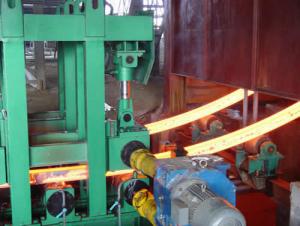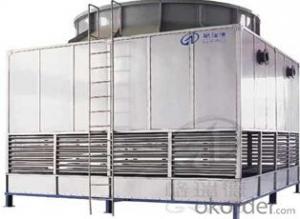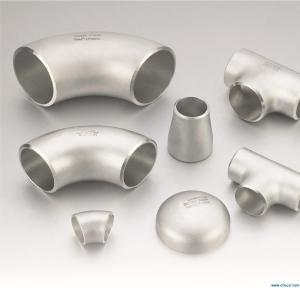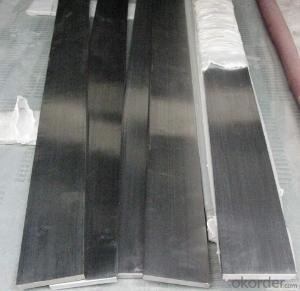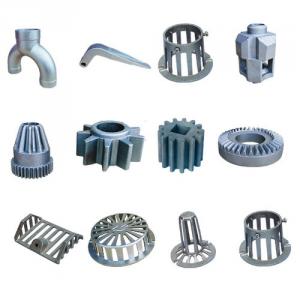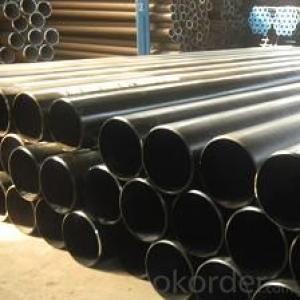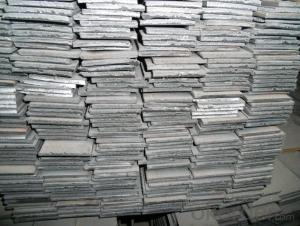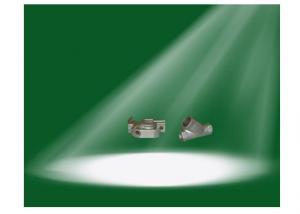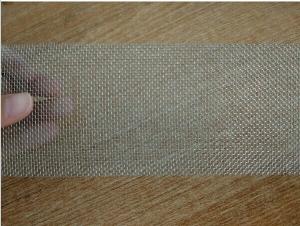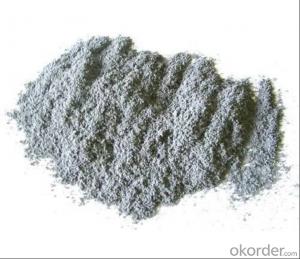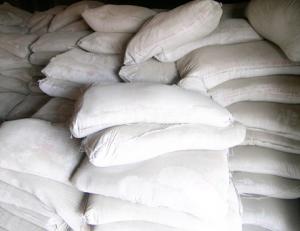Forever Stainless Steel
Forever Stainless Steel Related Searches
Stainless Steel Wholesale Faux Stainless Steel Fingerprintless Stainless Steel Stainless Steel Stainless Metal Stainless Steel Dark Stainless Steel Density Stainless Steel German Stainless Steel Colored Stainless Steel Stainless Steel Hardware Black Stainless Steel Thermos Stainless Steel Stainless Steel Silver Liquid Stainless Steel Stainless Steel Factory Stainless Steel Thermo Stainless Steel Metals Magnetic Stainless Steel Cast Stainless Steel Smoking Stainless Steel Stainless Steel Door Welded Stainless Steel Stainless Steel Front Door Monochromatic Stainless Steel White Stainless Steel Stainless Steel Jewelery Forging Stainless Steel Hardened Stainless Steel Matte Stainless Steel 420 Stainless SteelForever Stainless Steel Supplier & Manufacturer from China
Forever Stainless Steel offers a wide range of high-quality stainless steel products, including sheets, pipes, bars, and various other components. These products are known for their durability, corrosion resistance, and aesthetic appeal, making them ideal for a variety of applications. They are commonly used in construction, automotive, aerospace, and food processing industries, among others, due to their strength and ability to withstand harsh conditions.Forever Stainless Steel products are designed to meet the diverse needs of different industries and can be found in various usage scenarios. For instance, stainless steel sheets are often used in architectural projects and interior design, while pipes are essential in plumbing and fluid transportation systems. Bars and other components are utilized in the manufacturing of machinery and equipment that require high levels of strength and resistance to wear and tear.
Okorder.com is a leading wholesale supplier of Forever Stainless Steel products, boasting a large inventory to cater to the needs of various clients. With a commitment to quality and customer satisfaction, Okorder.com ensures that the products are sourced from reputable manufacturers and are available at competitive prices. This makes it an ideal platform for businesses looking to purchase Forever Stainless Steel products in bulk for their projects or reselling purposes.
Hot Products













